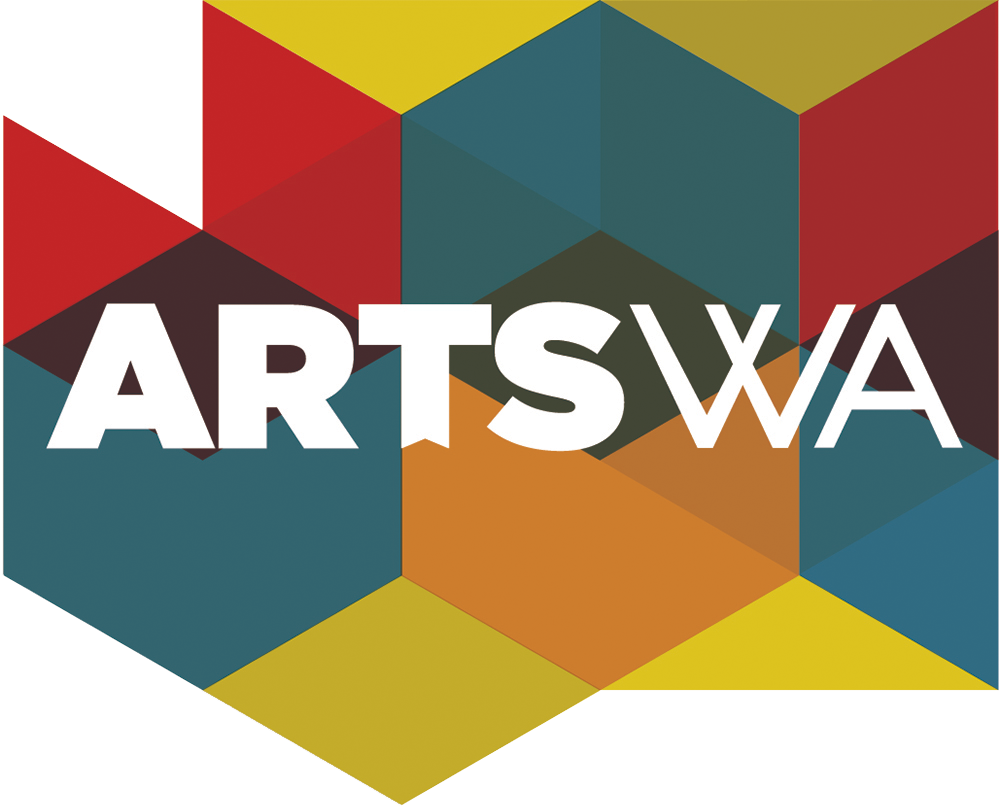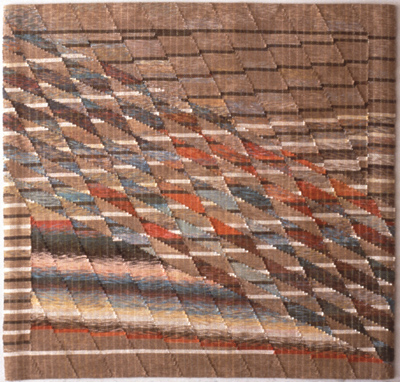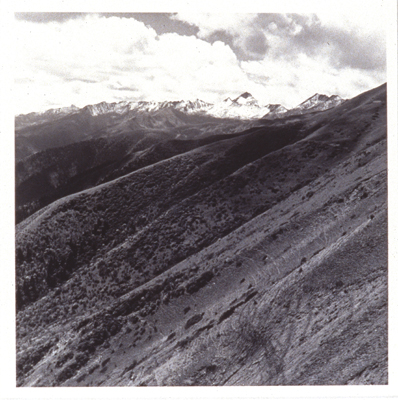Endeavour Radar Imaging: Death Valley, 1994
Judith Poxson Fawkes
American (born 1941, died 2019)
Location: Stevens Elementary School, Spokane
About the Artwork
'Endeavor Radar Imaging: Death Valley' is a hand-woven, linen tapestry by late textile artist Judith Poxson Fawkes. The tapestry's geometric design is based on descriptions of the radar transmissions used by NASA's Space Shuttle Endeavor. Poxson Fawkes noted that "The space craft flew twice during 1994 and I followed descriptions of its workings in the media. I drew and wove geometric images based on my interpretations of the descriptions." One New York Times article offered the following inspiration: "Radar operates by transmitting pulses of microwave energy towards a target and receiving signals that are reflected back...signals penetrated as deep as six feet under the Sahara Desert and revealed the traces of ancient tributaries of the Nile...Radar images may explain history and enhance the future."
This artwork was acquired for the State Art Collection in partnership with Spokane Public Schools.
About the Artist
Portland, Oregon-based textile artist Judith Poxson Fawkes (1941-2019) created elaborate, hand-woven tapestries that explore architectural and geometric forms, as well as the interplay of light and color.
Poxson Fawkes' tapestry artworks highlight the figurative possibilities of loom weaving. She designed her compositions using gridded drawings on graph paper. She often used a bird's eye viewpoint and played with the illusion of three-dimensional space on a flat surface by showing multiple sides and shadows of objects.
Poxson Fawkes earned a Bachelor of Fine Arts degree from Michigan State University in 1963 and a Master of Fine Arts degree from the Cranbrook Academy of Art in Michigan in 1965. She moved to Portland, Oregon in 1972, with her husband, artist Tom Fawkes. She taught weaving at four colleges in the Portland area, including Lewis & Clark College. In 1984, she became a full-time studio artist. Her tapestry artworks have been exhibited all across the United States and are in many collections, including the American Crafts Museum in New York City.




_edited2.jpg)
